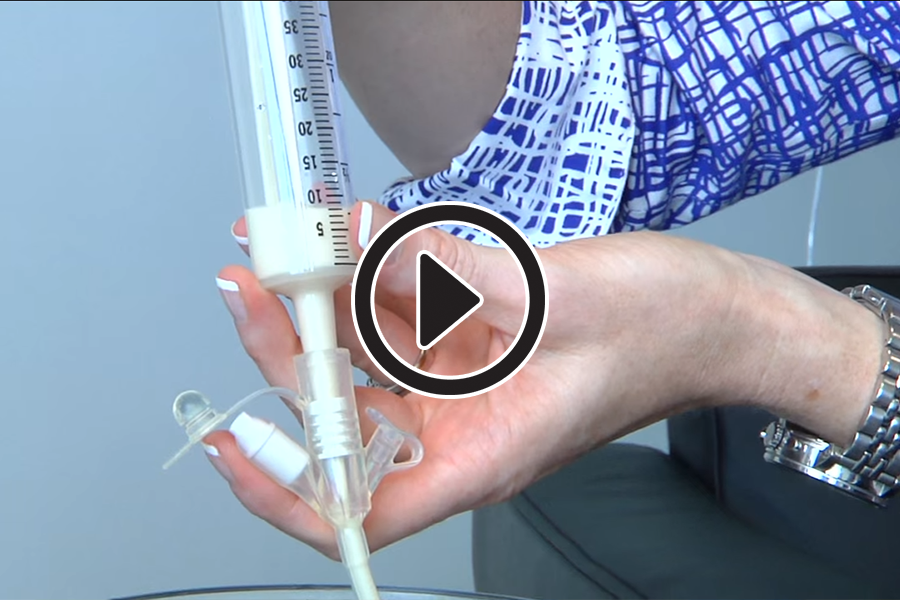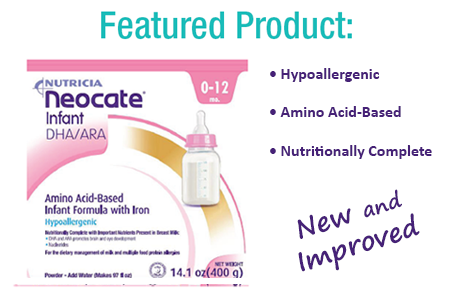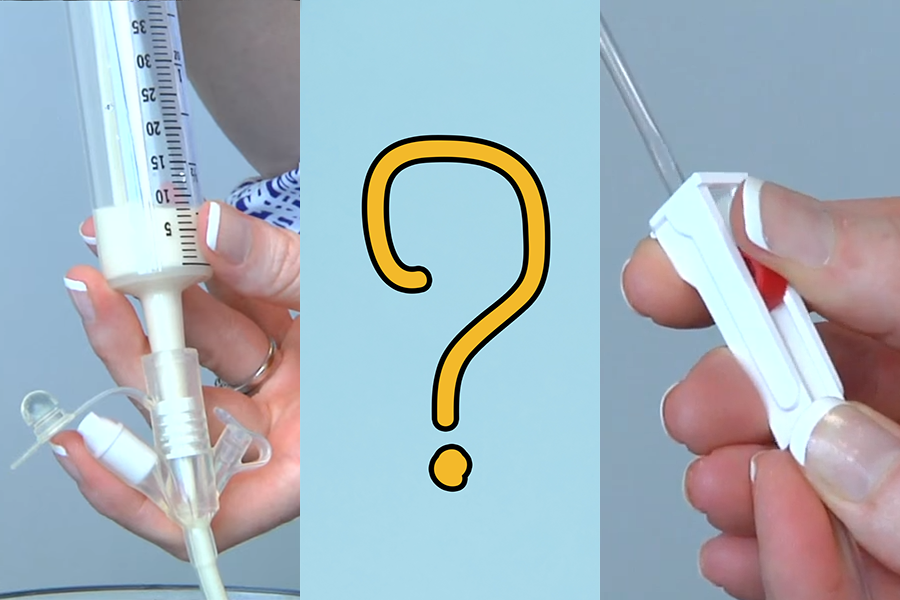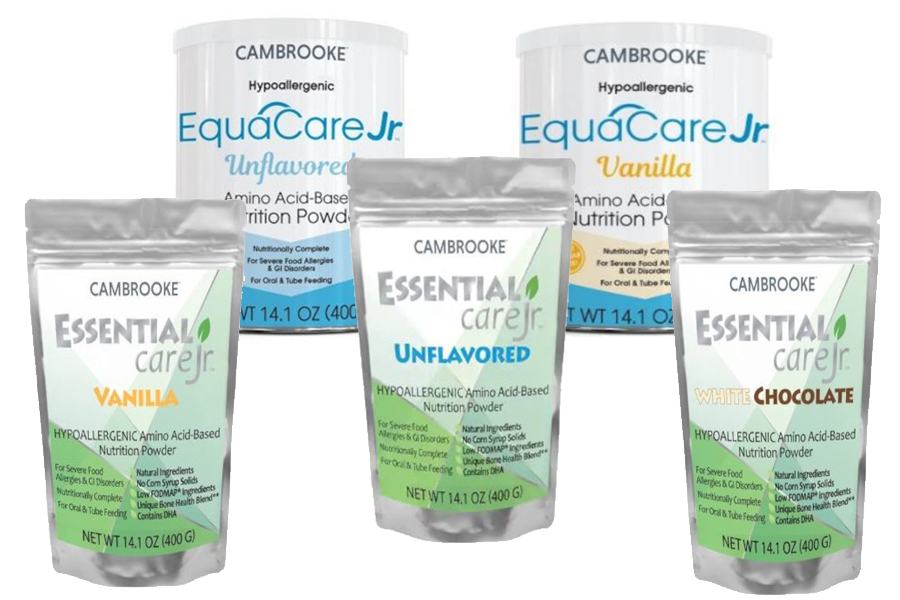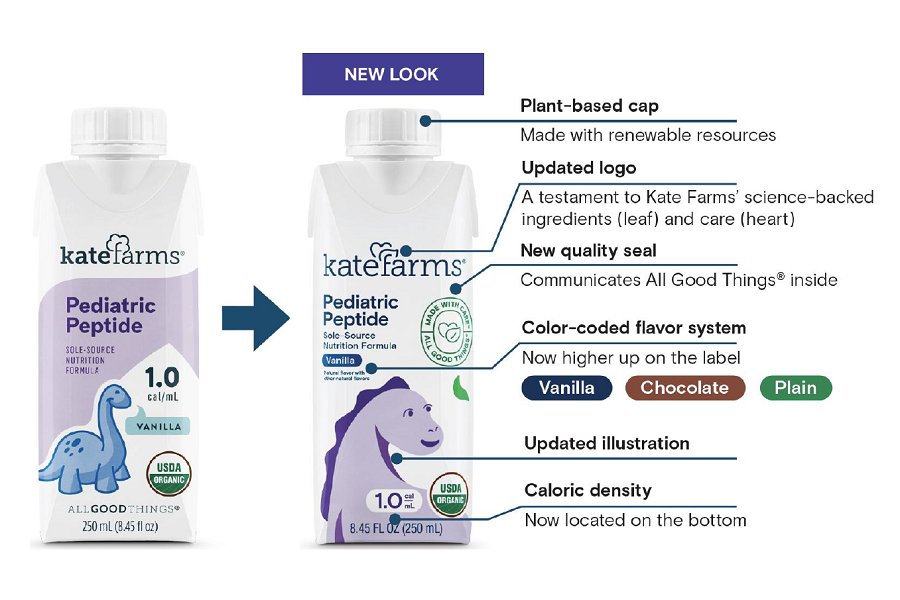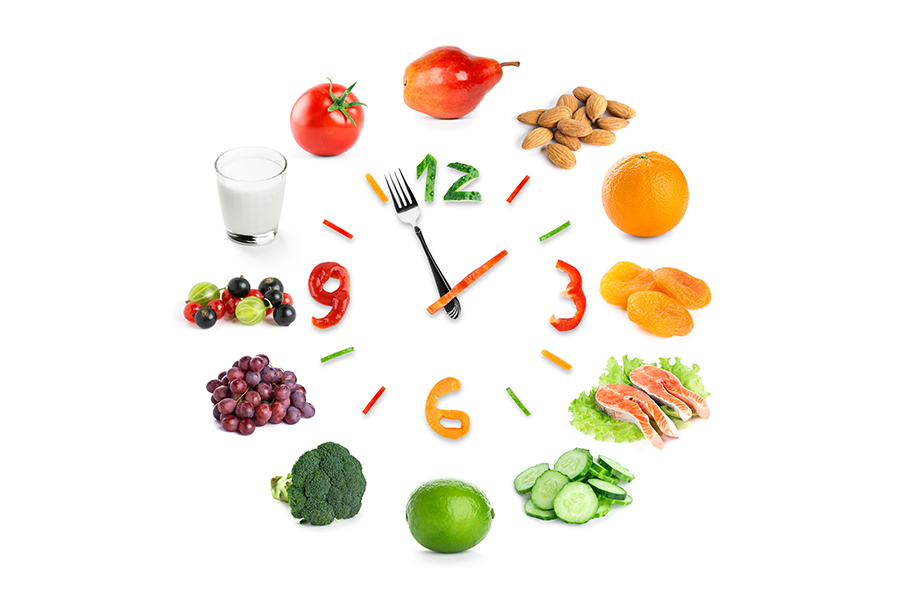By Christian Kogler for The Daily Meal
You may also find Shield HealthCare’s article, “How to Read Food Labels” helpful.
Why is saturated fat separate from trans-fat? How come the sugars and dietary fiber don’t always equal the total number of carbohydrates? If you’ve ever asked yourself questions similar to these, you’re not alone — nutrition facts on your favorite foods can sometimes leave you confused or even discouraged. By following our basic nutrition label rundown, you won’t need to fear food facts ever again.
First, you’ll want to find the label. This is the easy part. On most containers, it will be on the side or the back. Working from the top of the label, where it says “Nutrition Facts,” down, you’ll note a serving size. Sometimes everything that follows will list quantities and percentages for one serving as well as for the entire bottle or container, but this doesn’t seem to be the norm. Thus, if a serving is eight ounces and the bottle is 16 ounces, keep in mind that you’ll need to multiply everything by two if you consume the entire thing. You can find that number, two in our example, listed as “Servings per Container.”
Following the label downward, you’ll run into a bold bar with “Amount Per Serving” underneath it. This tells you that every number below is for one serving, as noted above. You’ll see a rundown of calories, total fat (separated into saturated fat and trans-fat), cholesterol, sodium, total carbohydrates (broken into dietary fiber and sugars), and protein. Let’s start with the ones that have subcategories.
Total fat is broken into saturated fat and trans-fat. Trans-fat is typically bad, and saturated fat is generally seen as fine. Together, they should equal the number of grams next to total fat. Your carbs are also broken into two subcategories — there are dietary fiber and sugars. Whether you believe that added sugars should be included here or not, you’ll be able to assess added sugar content by scanning the ingredients with a careful eye. If fiber and sugars don’t equal the total number of carbs, it’s because the starches that account for the extra total carbohydrates aren’t required to be listed. You may see calorie-reducing sugar alcohols listed separately here as well.












